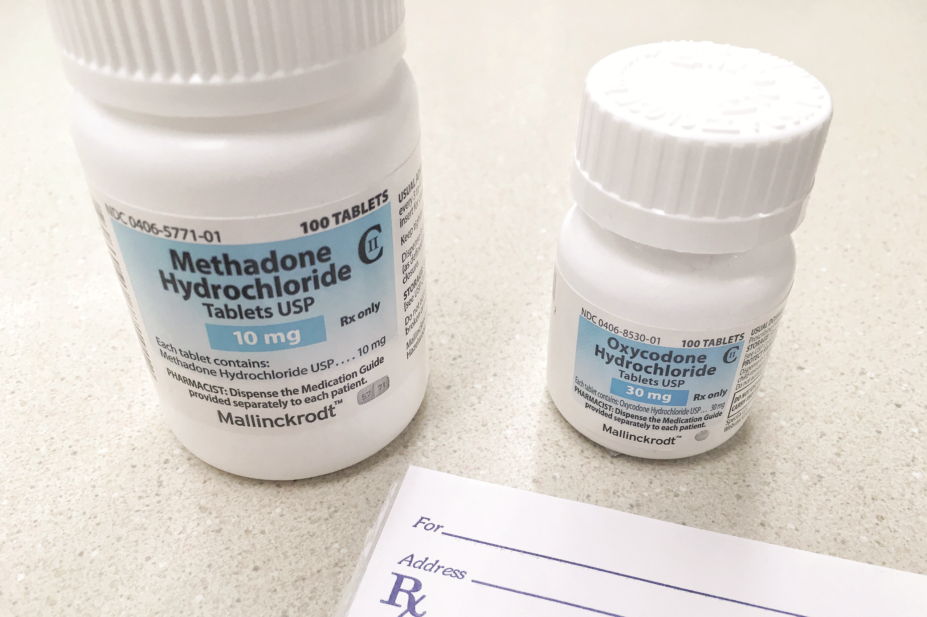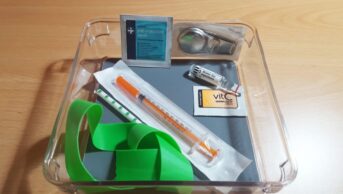
Shutterstock.com
Pharmacist prescribing of controlled drug items has increased by more than 50% between 2017 and 2018, the Care Quality Commission (CQC) has found.
The CQC’s annual report, ‘The safer management of controlled drugs’, which details the essential issues in the area of controlled drugs, prescribing trends and recommendations for improving safety, also warned that community pharmacists should be “extra vigilant” to look out for anything unusual, such as the theft and misuse of controlled drugs and prescription pads.
The report, published on 9 July 2019, said overall prescribing trends for controlled drugs in 2018 were broadly similar to 2017, with NHS primary care services prescribing 60 million controlled drug items — a decrease of 2% compared with 2017.
Prescribing by non-medical prescribers increased, with nurse prescribing increasing by 10% and pharmacist prescribing by 56%.
For the first time, the report included national data on the number of reported incidents to NHS England controlled drugs accountable officers (CDAOs), who are responsible for all aspects of controlled drugs management within their organisations.
In 2018/2019, there were 2,899 unaccounted losses of controlled drugs reported to CDAOs, with methadone loss being the most common at 925 reported cases, followed by 640 reports of morphine and 386 reports of oxycodone.
Greater Manchester was the NHS region with the biggest number of reported losses, but the CQC has explained that this may be because it was the first area of England to begin using the controlled drug reporting tool, in 2013.
The report says data from the tool has allowed “persons and clinicians of concern” to be tracked and the “relevant organisations notified to support these individuals”.


